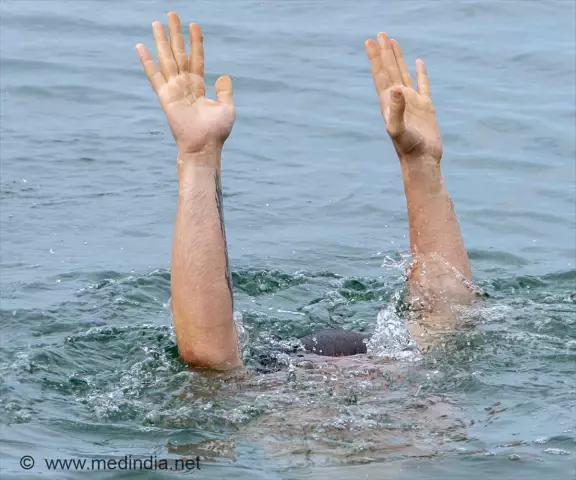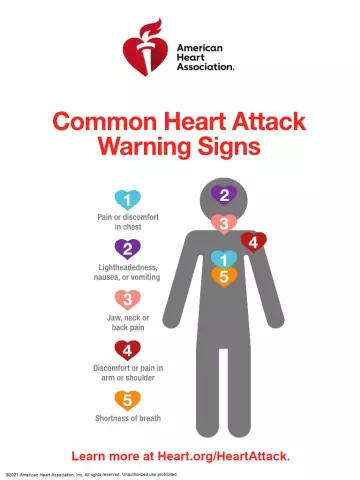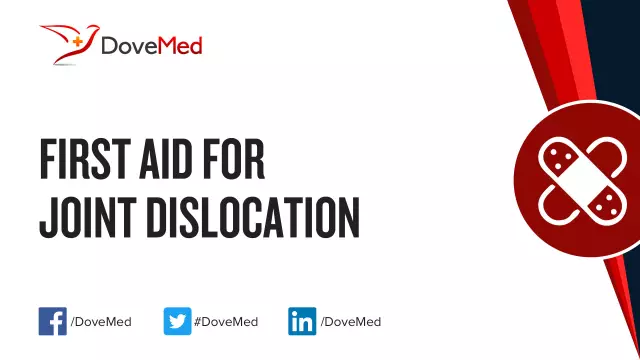- Author Rachel Wainwright [email protected].
- Public 2023-12-15 07:39.
- Last modified 2025-11-02 20:14.
First aid for drowning

The drowning statistics are alarming - according to various estimates, from 3,000 to 10,000 people drown in Russia every year, this is the population of a small town. The most common cause of death on water, experts call alcohol intoxication, it accounts for about 40% of all cases of drowning. The second most common reason is overconfidence, no matter how strange it sounds. People overestimate their capabilities and underestimate the risks associated with swimming in water bodies, and this sometimes leads to tragic consequences.
The Water Rescue Society calls for the following rules of conduct to avoid drowning:
- Do not go into the water while drunk;
- Do not dive in an unfamiliar place;
- Do not swim close to the ships, do not stay on the course of the ship, even if this ship is a small boat, motor boat or pedal boat;
- Do not swim far on air mattresses, circles, toys, etc.;
- Do not arrange dangerous games in the water associated with comic drowning, grabbing, fright, being pulled under the water;
- Children should be near the water and even more so in the water only when accompanied by adults and under their vigilant supervision.
Compliance with these simple rules could prevent the lion's share of the tragedies associated with the death of a person on the water. Unfortunately, understanding the importance of this sometimes comes too late.
What to do if an accident occurs? You should immediately start providing first aid, because in this case, a person's life directly depends on how fast and correct the actions of the rescuer were.
How to properly pull the victim ashore
The task of the rescuer is not only to save the drowning man, but also to save his life, and since everything must be done quickly and there is no time for reflection, you need to know the following clearly:
- It is necessary to approach the victim from behind, grab in such a way that he cannot grab onto the rescuer (this happens reflexively, the drowning person cannot control his actions). It is considered a classic for rescuers to grip the victim from behind by the hair, if their length allows. No matter how rude it may sound, nevertheless, this option is effective, since it allows you to move quite comfortably and quickly, keep the victim's head above the water and protect himself from the fact that, grabbing a dead grip, he will drag the rescuer to a depth;
- If, nevertheless, the drowning man grabbed the rescuer and pulls him down, you need not fight back, but dive - in this case, the drowning person will instinctively open his hands.

Source: Methods for capturing the victim in the water
Types of drowning
When the victim is dragged ashore, it is necessary to quickly assess what type of drowning had to be faced, since the first aid algorithm will depend on this.
There are two main types of drowning:
- Blue, or wet (sometimes also called true drowning) - when a large amount of water has entered the stomach and respiratory tract. The victim's skin turns blue because the water, quickly entering the bloodstream, dilutes the blood, which in this state easily seeps through the walls of the vessels, giving the skin a bluish tint. Another sign of wet or blue drowning is that a large amount of pink foam is released from the victim's mouth and nose, and the breath becomes bubbling;
- Pale, or dry (also called asphyxical drowning) - when, during the process of drowning, the victim has a spasm of the glottis, and water does not penetrate into the respiratory tract. In this case, all pathological processes are associated with shock and subsequent suffocation. Pale drowning has a better prognosis.
First aid algorithm
After the victim is dragged ashore, the upper respiratory tract must be quickly freed from foreign objects (mud, dentures, vomit).
Since when drowning a wet or blue type, there is a lot of liquid in the victim's airways, the rescuer must place him on his knee with his stomach, face down to drain the water, put two fingers in the victim's mouth and press on the root of the tongue. This is done not only to induce vomiting, which will help free the airways and stomach from the water that has not had time to be absorbed, but also to help start the respiratory process.
If everything worked out, and the rescuer achieved the appearance of vomit (their distinguishing feature is the presence of undigested pieces of food), this means that the first aid arrived in time, was carried out correctly, and the person will live. Nevertheless, you need to continue to help him remove water from the respiratory tract and stomach, without stopping to press on the root of the tongue and causing the gag reflex again and again - until the vomiting process ceases to produce water. At this stage, a cough appears.
If several attempts in a row to induce vomiting were unsuccessful, if at least shortness of breath or cough did not appear, this means that there is no free fluid in the respiratory tract and stomach, it has been absorbed. In this case, you should immediately turn the victim onto his back and proceed to resuscitation.
First aid for dry drowning differs in that in this case, resuscitation should be started immediately after the upper airways are released, skipping the stage of inducing vomiting. In this case, there is 5-6 minutes to try to start the victim's breathing process.
So, in a concise form, the first aid algorithm for drowning is as follows:
- Free the upper respiratory tract (mouth and nose) from foreign matter;
- Throw the victim over the knee, let the water drain, induce vomiting and remove water from the stomach and respiratory tract as completely as possible;
- If breathing has stopped, proceed to resuscitation (artificial heart massage and mouth-to-mouth or mouth-to-nose breathing).
When drowning a pale or dry type, the second stage is skipped.
Actions after first aid
After it was possible to start spontaneous breathing, the victim is laid on one side, covered with a towel or blanket to warm. It is imperative to call an ambulance. Before the arrival of the doctor, the victim must be constantly under control, in case of respiratory arrest, resuscitation measures should be resumed.
The rescuer must insist on medical assistance to the victim, even if he is able to move independently and refuses it. The fact is that the terrible consequences of drowning, such as swelling of the brain or lungs, sudden respiratory arrest, etc., can occur even after a few hours, and even several days after the accident. The danger is considered to have passed only when, 5 days after the incident, no serious health problems have arisen.
Found a mistake in the text? Select it and press Ctrl + Enter.






